
How can Dry Erase Walls Help to Foster Creativity?
High-quality dry erase painted walls foster creative thinking and free expression among students in many ways. Creativity is an essential quality for children to gain at an early age, as it aids in developing their cognitive and emotional intelligence, helps them innovate and develop better problem-solving skills, and even allows them to feel more confident in expressing their ideas, opinions, and decisions throughout life. The following are some fun classroom exercises that can inspire your students to tap into their creative potential and learn new subject matter in the process.
The “Wild Wednesday” Assignment Expands Children’s Empathy and Worldview
Every “Wild Wednesday” during the school year, write a thought-provoking question for your students on the classroom’s dry erase wall. The question needs to be one that prompts the students to use their imaginations and visualizing skills while searching for an answer, and they’ll need to be prepared to share it with others as well. For instance, you can ask, “If you could be an animal, what animal would you choose to be and why? What would you say to humans if you could talk?” Another question might be, “If you could have a superpower, what power would you choose? How would you use it to help the earth become a better place to live?”
Such questions will prompt the children to imagine different qualities, behaviors, and lifestyles that go beyond their own day-to-day lives, thus broadening their thinking, strengthening their ability to show empathy for animals and other humans, and enhancing their creativity.
The Synonym Game Builds Vocabulary and Improves Writing Skills
Write a word in the center of the classroom dry erase wall, then ask your pupils to come up with as many alternative words with the same meaning that they can think of while being as creative as possible and trying to push themselves to think beyond the most obvious choices. Next, pair up the children, ask them to write the words they came up with on the dry erase wall, and have them work together to write sentences that contain the words. One student in each pair can write half of a sentence, and the other one can write the other half as they discuss word choice and grammar.
This exercise will help to expand the children’s vocabulary and sentence-writing skills by prompting them to construct grammatically correct sentences as a team. It will also build their confidence about making suggestions and give you a chance to discuss vocabulary words that the class has been studying.
The Shape Game Fosters Visualization and Creative Thinking Abilities
The shape game is a fun and exciting recreational activity that children really enjoy as a pastime, but it can also serve as a valuable teaching and learning tool in the elementary or middle school classroom. Such imaginative drawing games help children learn how to experiment and play, to express their ideas visually, and to develop their creative thinking skills by visualizing an image in their minds and realizing it in physical form on the classroom dry erase painted wall.
Starting by Drawing Shapes
For this activity, divide the students into groups of two, then ask them to take turns drawing a line or shape on the wall, with each line or shape adding to the previous ones in order to construct a new image. For instance, a circle drawn by one student can become an orange, a peach, or an apple if another student draws a short curved line that looks like a stem on top of the circle. Encourage the class to do this exercise in silence, so they don’t offer suggestions to one another about what to draw next. Instead, ask them to be creative and use their imaginations to decide on what they want to draw each time it’s their turn.
Adding Speech Bubbles and Backgrounds
After a few minutes of drawing, ask the children to draw speech bubbles near their images and have them write in the bubbles what their image is saying or what sounds it’s making. You could also ask the students to draw an environment around their images and write a description of the image or a poem or story about it. As they did with the drawing part of the exercise, the students should write their description, poem, or story while taking turns, adding one sentence after another until they’re finished writing. This exercise helps promote the skill of creative visualization through its drawing component and verbal creativity through its writing component.
Drawing a Shape and Having Students Write About it
A variation on this game would be for you to draw a random shape in the center of the dry erase wall then ask your students to think about what the shape looks like. In this case, they could come up with any number of possibilities, but they will need to choose one idea and write about the characteristics of the shape based on that idea in as much detail as possible. Like the original shape game, this exercise enhances both visual and verbal creativity by having both a drawing and a writing component.
A Short Story Exercise that Fosters Creative Writing Skills
Helping students become good writers can’t be achieved just by having them read other people’s writings then teaching them the essential elements of the writing process. They need to be able to put these elements into practice in order to enhance their compositional skills and style and discover their weaknesses and areas where they might need improvement. With this idea in mind, the following exercise can help young writers cultivate their imaginations and learn about how skilled creative writers work.
Use the Basic Story Elements to Prompt Students for Ideas
Divide the classroom’s dry erase wall into five equal-sized sections using a ruler or yardstick and a dry erase marker with dark-colored ink. The sections should each contain a basic story element that the children can use for writing their own short stories, thus flexing their creative muscles and letting their imaginations run wild. Within the sections, write the following headers representing the basic short story elements: characters, setting, time, problem, and events. Then ask the students to come up with original ideas about the elements as you write them down under the category headers.
Have Students Write Stories Based on the Ideas They’ve Chosen
Allow the students enough time to deliberate until they run out of ideas. When the class has generated all the ideas they can think of, ask them to choose from among the items on the wall, then have them write short stories based on the items they’ve selected. Prompts for the stories should include the following:
1. A dream about which they remember a significant number of vivid images and details
2. A clear memory of an event that they experienced in the recent or distant past
3. A favorite song or music video of which they remember the lyrics and/or images.
Inform the students that when they write their stories, they can change the details of the dream, memory, favorite song, or music video to correspond with the story elements they chose from the items presented in class. In this way, their creative thinking skills will be stimulated through the process of coming up with variations on the original characters, setting, time, problem, and events of their chosen dream, past life event, song, or music video.
Allow Students to Finish Stories for Homework
If the students don’t have enough time to finish their stories during the regular class period, they can do so as a homework assignment. This will allow the children to edit their short stories and refine the grammar, sentence structure, style, and content until they’re satisfied with the quality of their finished products.
Creative writing exercises such as this one are great for developing and loosening up students’ “writing muscles,” for enhancing specific writing skills, and for just having fun as they learn to become competent and confident creative writers.
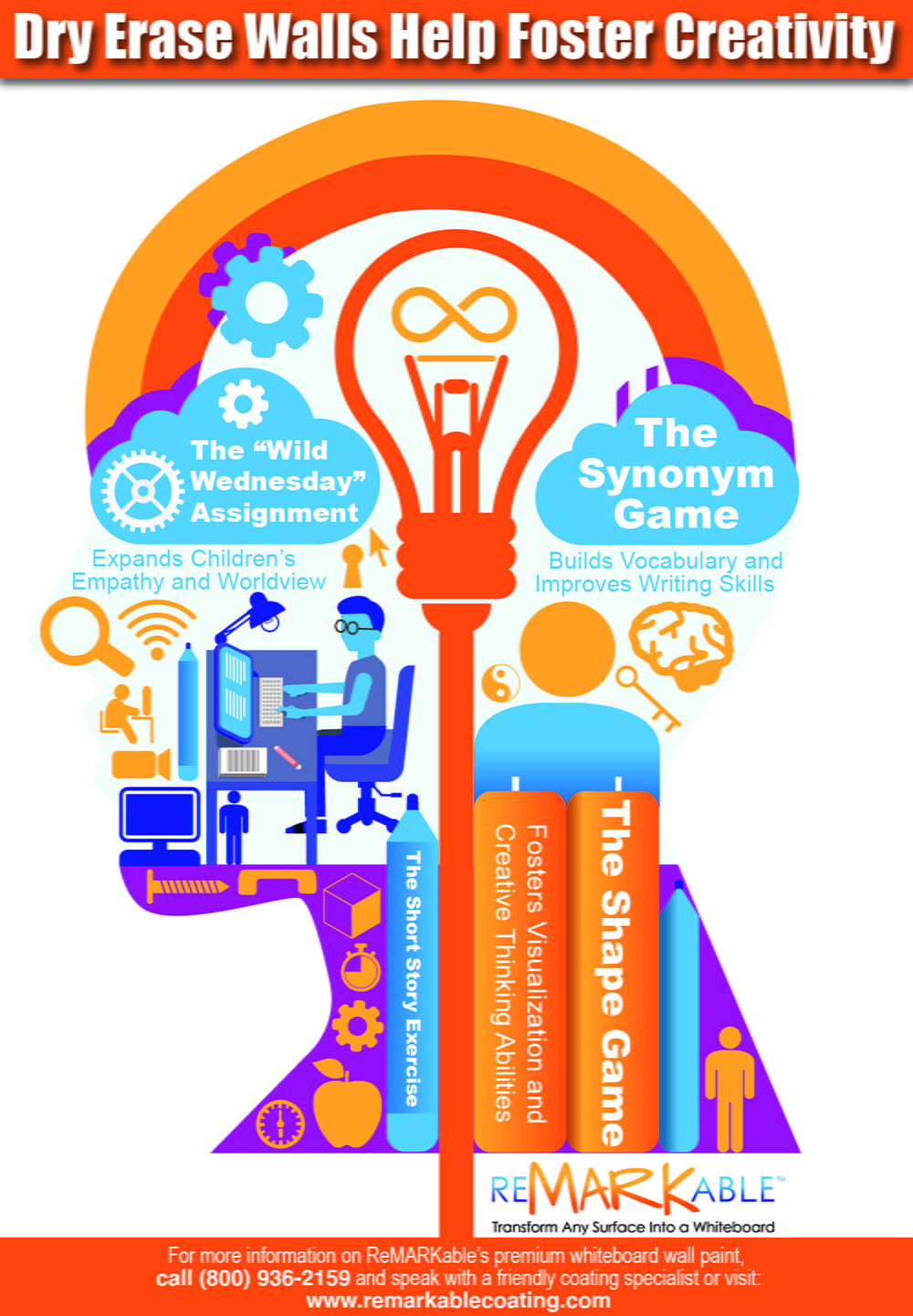

























































































![ReMARKable’s Winter Sale is Here! [25% Off + Free Shipping]](https://www.remarkablecoating.com/wp-content/uploads/2018/01/Red-Tag-Winter-Fashion-Facebook-Post-1-440x264.png)















![Drive Your Organization Into Openness and Watch it Expand [20% Off Whiteboard Paint]](https://www.remarkablecoating.com/wp-content/uploads/2016/04/Drive-Your-Organization-Into-Openness-and-Watch-It-Expand.-1-440x264.jpg)

![30% Off St Patrick’s Day Sale! [Details Inside]](https://www.remarkablecoating.com/wp-content/uploads/2016/03/Glorious-1-440x264.png)


![Giant Leaps Forward Require Big Spaces. [Leap Year Sale Event!]](https://www.remarkablecoating.com/wp-content/uploads/2016/02/Giant-Leaps-ForwardRequire-Big-Spaces-440x264.jpg)

















![ReMARKable Summer Sale 2018 [28% Off Whiteboard Paint]](https://www.remarkablecoating.com/wp-content/uploads/2018/06/Blue-Simple-Line-Beach-Facebook-Post-1-440x264.png)




















































































































































































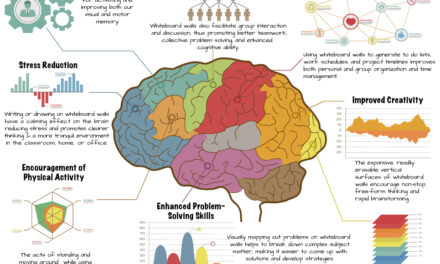





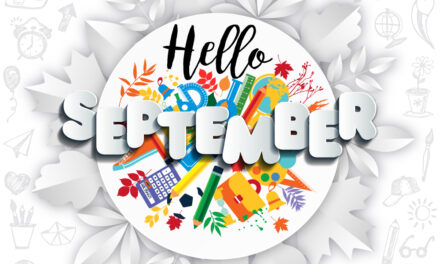










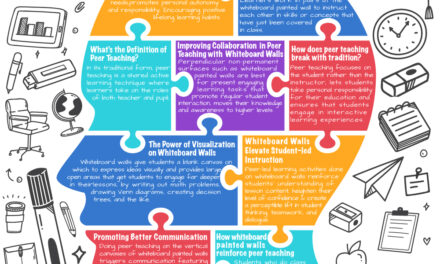
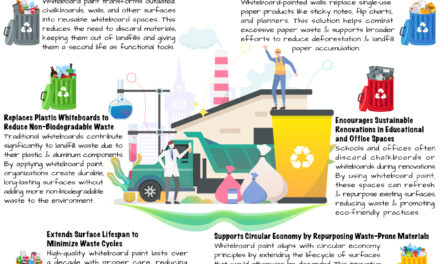

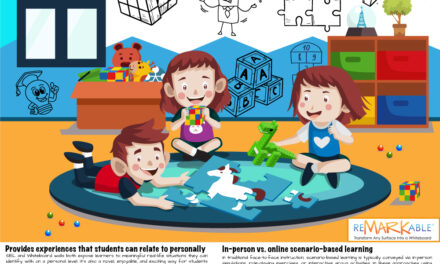









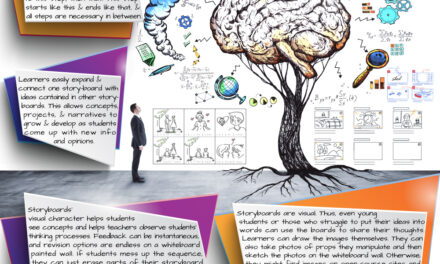



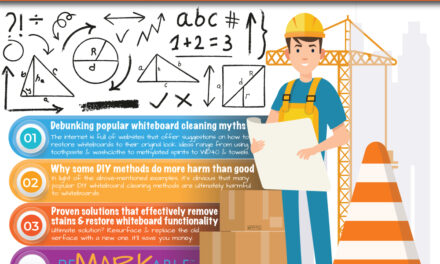


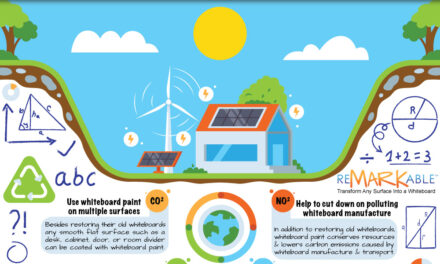

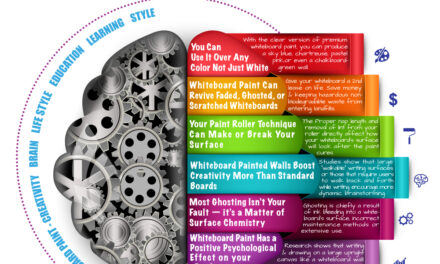
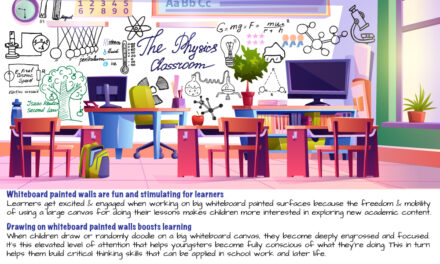
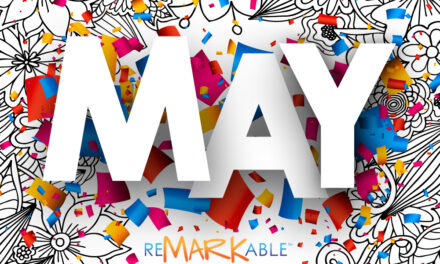

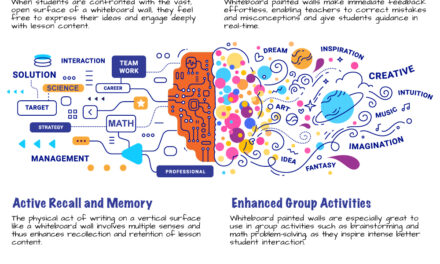
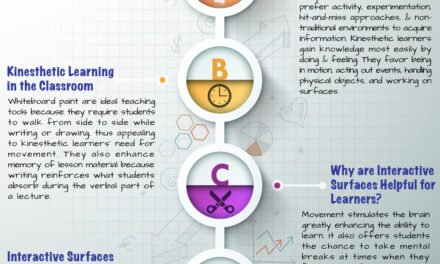



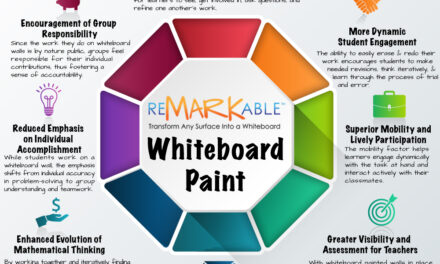


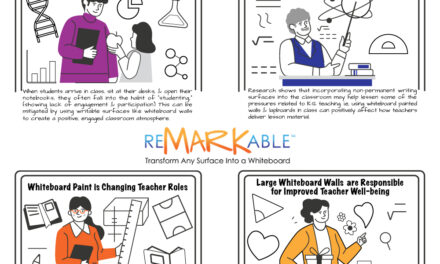


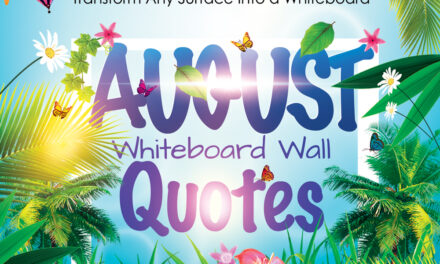







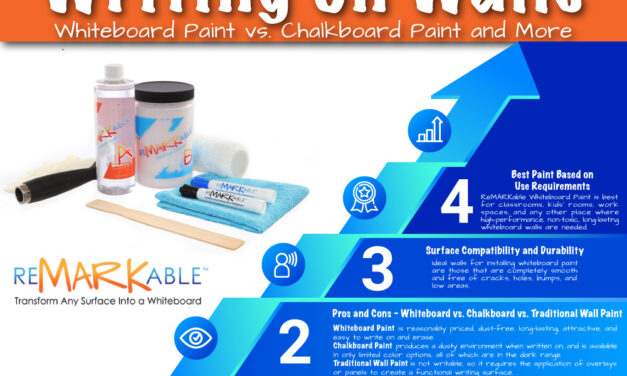
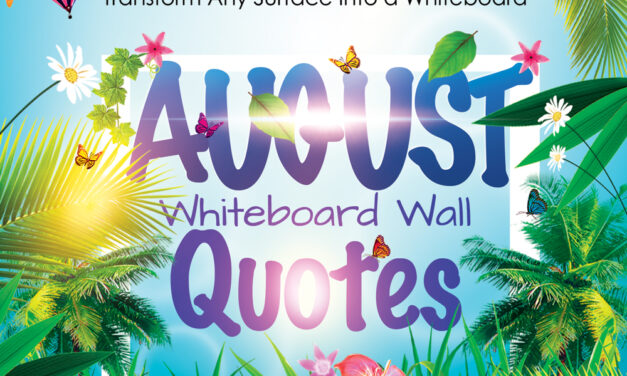







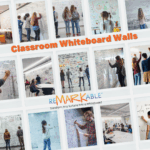

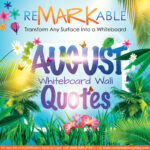
0 Comments